Day 33
S79 45' 39.60", W82 51' 24.84"
///mushed.hyperlinks.devolve
Martin gives an update on his injury, and an insight into life in one of the most remote logistics bases in the world.
“Good evening everybody, it’s Martin on day 33 of the expedition.
I had another meeting with the doctors this morning, which went well. It’s definitely Achilles tendonitis. I’ve got implants for my trainers in camp, and I’m still on anti-inflammatories. That seems to be working. Although I’m not doing a great deal of walking, obviously I’m trying to rest it as much as possible. Our tents are situated only 200 metres or so – if that – from the main cookhouse/ kitchen area, and relaxing area, so I’ve not got far to go. As such, I don’t know obviously how healed it is, because I’m not putting any distance through it. Either way, it looks like we won’t be leaving here for at least another four or five days, potentially a bit longer. That would still give us time to get out and get our distance done, and get to the South Pole if we did deploy then. And get back in time to attempt a Vinson summit.
The doctors were positive and more positive, and looking encourage about me getting back out on the ground at some point, provided it continues to heal, so that’s all looking good.
I’m going to talk a little bit about where we are. Union Glacier is ALE’s main logistics infrastructure; so Antarctic Logistics and Expeditions is a commercial organisation, and they run flights and expeditions and logistical support and safety support, for big expeditions and for experiences in Antarctica. And that’s who we’ve been using for all our safety and support, and they’ve been fantastic. This logistics hub is really impressive. You’ve got a number of different buildings here, all tent structures, but quite robust. So there’s a main cooking tent and dining area, it’s about 200m away from where we’re staying in our tents as I said. And there’s a little building next to that called the Terra Nova this is after a whaling ship – it was British – back in the 19th and early 20th century. It was made famous by Captain Scott’s expedition to the South Pole, his fatal expedition. That’s an amazing resource for polar research in this little relaxation room; there’s a few tables and chairs in there and a charge point. And there’s loads of books in there about polar history, and expeditions. So I’m going to be spending a bit of time in there over the coming days, reading.
Today we’ve spent most of our time in another little room, where it’s basically like a bit of a drying area. We’ve been getting our pulks, and getting all the kit out, and preparing to redeploy so that everything’s good to go for if and when we do get the word. So we’ve now taken out all the rubbish that we had in the pulks. We’ve downsized the amount of food and fuel, because when we go back out we won’t be doing as much distance obviously, as we originally planned, and we want to get that weight down to just what we need to do whatever distance we’re going to be able to do. So that’s all been done, everything is dried out. We’ve washed some kit, which was very pleasant, because we weren’t smelling great after the first 30 consecutive days of skiing; and that’s all drying. So really the plan is to try and get as much administration done, so that we are good to go as soon as possible, and then continue to rest.
That’s an update of where we’re at. That’s what we’re doing at the minute; and we’ll give you another updated tomorrow.
Thanks very much everybody. See you soon.”
// FOLLOW THE CHALLENGE //
Watch and listen to all the updates, live on the Shackleton map
or donate here and enable more adaptive athletes to take part in adventure challenges!

